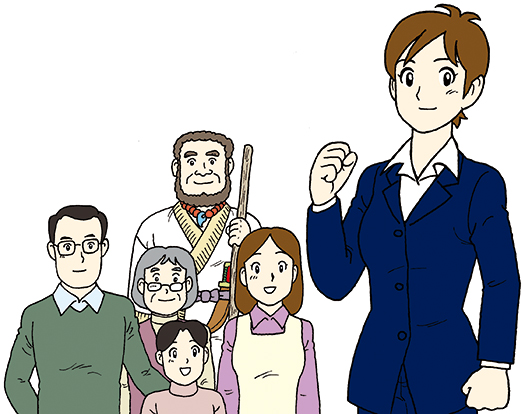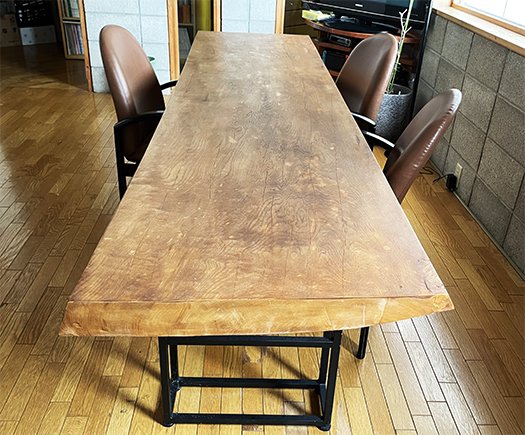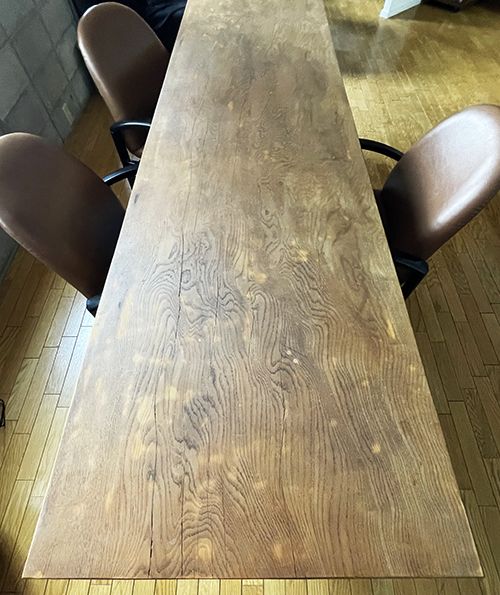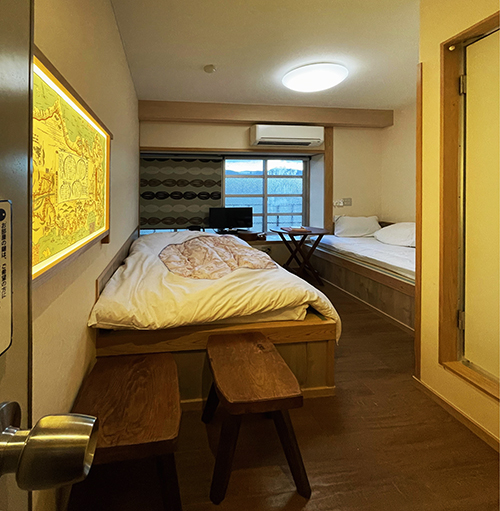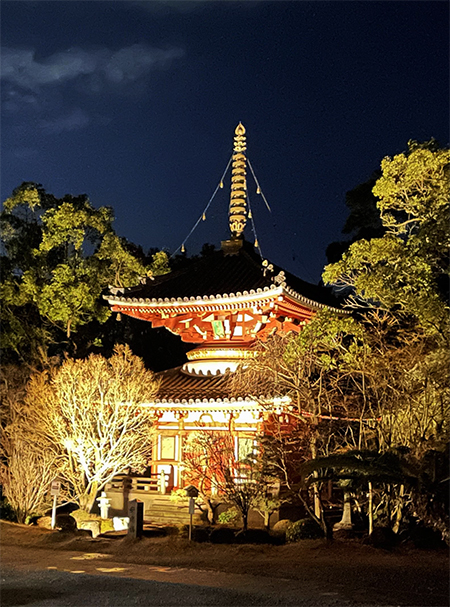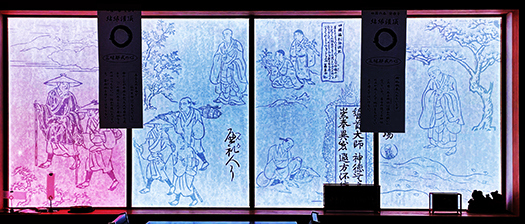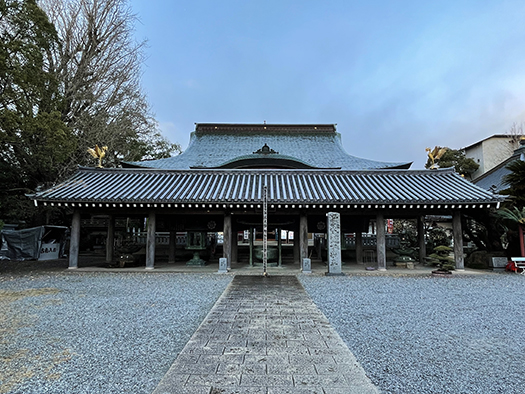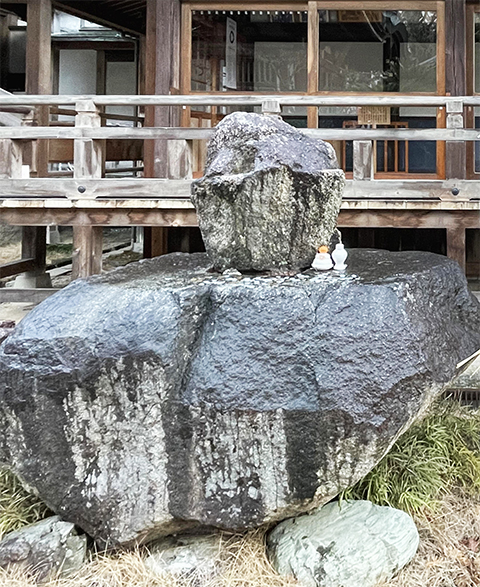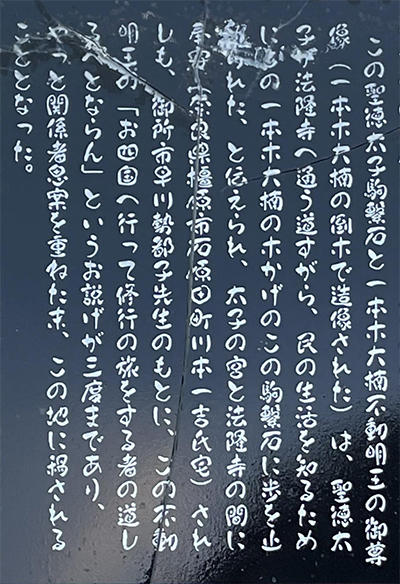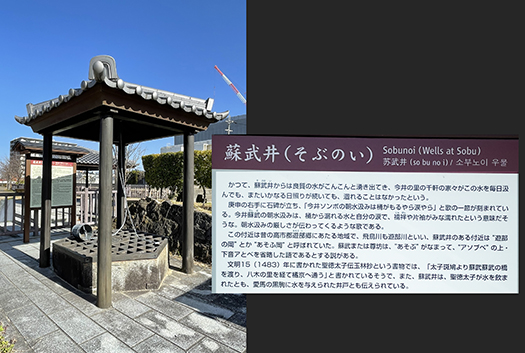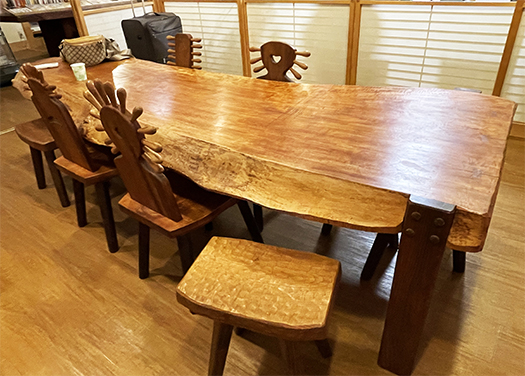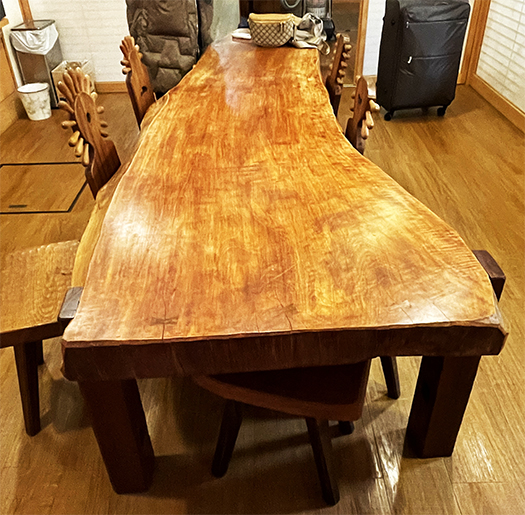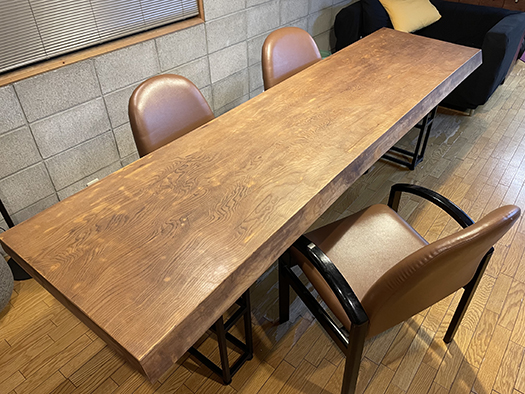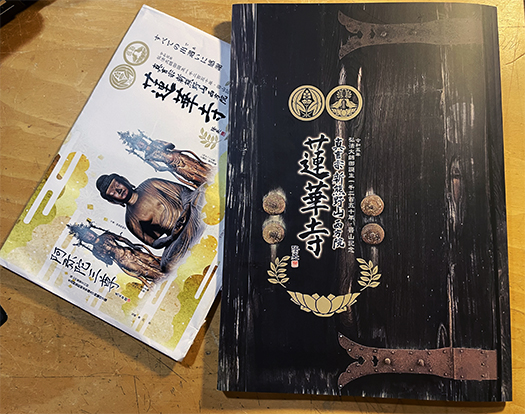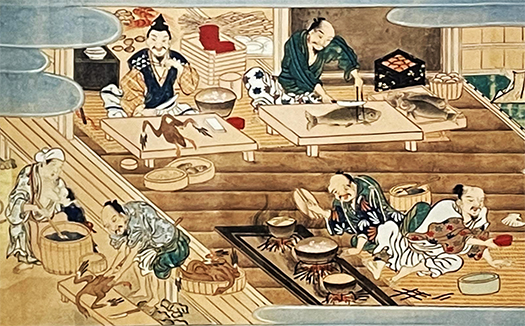
このやまと絵はきのうに引き続き、四国愛媛松山・湯築城資料館展示パネルより。
調べてみると原点資料は、16世紀初頭に描かれた「酒飯論絵巻」からのようです。以下Wiki要旨〜狩野派の画によるとされ『下戸上戸絵詞』『三論絵詞』『酒食論』『下戸上戸之巻』とも呼ばれる。酒好きの男と下戸でご飯好きの男、両方適度に嗜む男の3人がそれぞれの持論を展開するという構成で描かれているとされる。調理から配膳、飲食の様子が詳細に描かれており、当時の食文化を知る貴重な資料となっている。〜
そうなのであります(笑)。けっこう克明に料理人たちのアクションが記録されていて、時空を超えて暮らしの基本である「日本人の食」の空間、その空気感が激しく伝わってきて楽しい。
上の図では大きな脚付きのまな板の上に魚や鳥を乗せて、捌こうとしている臨場感が伝わってくる。現代では料理は「立って」作業するのが合理的と考えられるけれど、どうも江戸期までくらいでは「坐って」料理に向かうのが常識的だったように見える。床面は板の間で料理人自身は竹のフロアを座布団のように敷き込んで作業している。魚の方では左手に暴れる魚を抑えるためなのか、大きな箸で魚を捉えて右手でいままさに包丁を入れる瞬間を描写。料理人の後方には膳と食器容器が見えているので、こうした様子から察すると「活けづくり」のような料理なのかも知れない。活きの良さが命みたいな。
一方では鳥の捌きに向かっている様子。作業姿勢はほぼ同様。
どちらも立て膝っぽい姿勢で力を入れるようだけれど、さてどうだったのだろうか。床の板敷きには心なしか「隙間」があるようにも感じる。というのは、魚や鶏を捌けばどうしても大量に水を流す必要があるので、そういう工夫があったかも知れない。
手前側では炭火を使っての煮物料理の様子。出来上がった食品を椀に入れてだれかに渡そうとしている。
さらに手前左側では鳥を下ごしらえしているような調理人の姿。どうも彼だけは中腰の体勢で、縁に腰掛けているように見える。粗ごなしの仕事では毛皮を剥いだりするので、屋外の方が作業性がいいのだろうか。石場建ての基礎の様子もうかがい知ることができる。その隣には乳飲み子を抱えながら鉢状の容器に向かっている女房の姿。どうも夫の作業を手伝って、水瓶から「流し」の水をかけようとしている動作姿勢なのかも知れない。
500年の時間を超えて、貴人のための料理に立ち向かっていた人びとの日常の暮らしの実態が克明に語ってくるようで引き込まれてしまう。そしてこのような状況をやや上空の視点から描き出す伝統的日本絵画の手法にも見入らせられる。
自分でも料理が好きなので、こういった表現にはまったく弱い(笑)。よくぞこういう題材で絵を遺してくれたと感謝しておりました。
English version⬇
Nippon’s “World of Food” and its Cooks in the Early 16th Century
In what kind of space did our predecessors confront cooking? The atmosphere directly resonates beyond time and space. Life has been handed down in this way.
This Yamato-e is from a panel displayed at the Yuzuki Castle Museum in Matsuyama, Ehime, Shikoku, Japan, as was the case yesterday.
The origin material seems to be from the “Sake and Rice Theory Picture Scroll” painted in the early 16th century. The following Wiki abstract – It is said to be based on a painting by the Kano school and is also called “Shimoto Kamito Emaki,” “Sanron Emaki,” “Sake Shokudo Ron,” and “Shimoto Kamito no Kaki” (literally, “A man who loves sake and rice”). The painting is said to be composed of three people, one who loves sake, one who loves rice and is a “down-and-out” drinker, and one who enjoys both in moderation, each developing his own theory on the subject. The detailed descriptions of cooking, serving, eating, and drinking are valuable materials for understanding the food culture of the time. ~ (laughs)
That’s right (laughs). The actions of the cooks are recorded quite clearly, and it is enjoyable to get a sense of the space and atmosphere of “Japanese food,” the basis of daily life, transcending time and space.
In the above illustration, we can feel the realism of fish and birds on a large cutting board with legs, about to be processed. Today, it is considered reasonable to “stand” when cooking, but until the Edo period (1603-1868), it seems that it was common practice to “sit” when preparing food. The floor is a wooden floor, and the chef himself works on a bamboo floor laid out like a cushion. The fish cook describes the moment when he captures the fish with large chopsticks and inserts the knife with his right hand at the very moment, perhaps to restrain the fish from flailing in his left hand. The chef’s table and the dish containers can be seen behind him, and from the looks of it, it may be a “live cooking” type of dish. It seems that the liveliness of the dish is the most important thing.
On the other hand, the chef is working to process the bird. The working posture is almost the same.
Both seem to be putting in a lot of effort in a kneeling posture, but I wonder how it went. I feel that there is a “gap” in the wooden floor. This may be because a large amount of water is required when processing fish and chickens.
In the foreground, a dish is being cooked over a charcoal fire. The finished food is being put into a bowl and about to be handed to someone.
In addition, on the left in the foreground, a cook is preparing a bird. He appears to be the only one sitting on the edge in a mid-leg position. Since he is removing the fur from the bird, it may be easier to work outdoors. We can also see the foundation of the stone building. Next to her is a woman with a baby in her arms, working on a bowl-shaped container. Perhaps she is helping her husband with his work and is trying to pour water from a water jar into a “sink.
It is as if the scene is a clear description of the daily life of the people who were cooking for the nobility over a period of 500 years. The way in which this situation is depicted from a slightly elevated perspective in traditional Japanese painting is also fascinating.
As a food lover myself, I have a weakness for this kind of expression (laugh). I was grateful to him for having left us a painting with this kind of subject matter.
Posted on 3月 9th, 2024 by 三木 奎吾
Filed under: 住宅マーケティング | No Comments »



